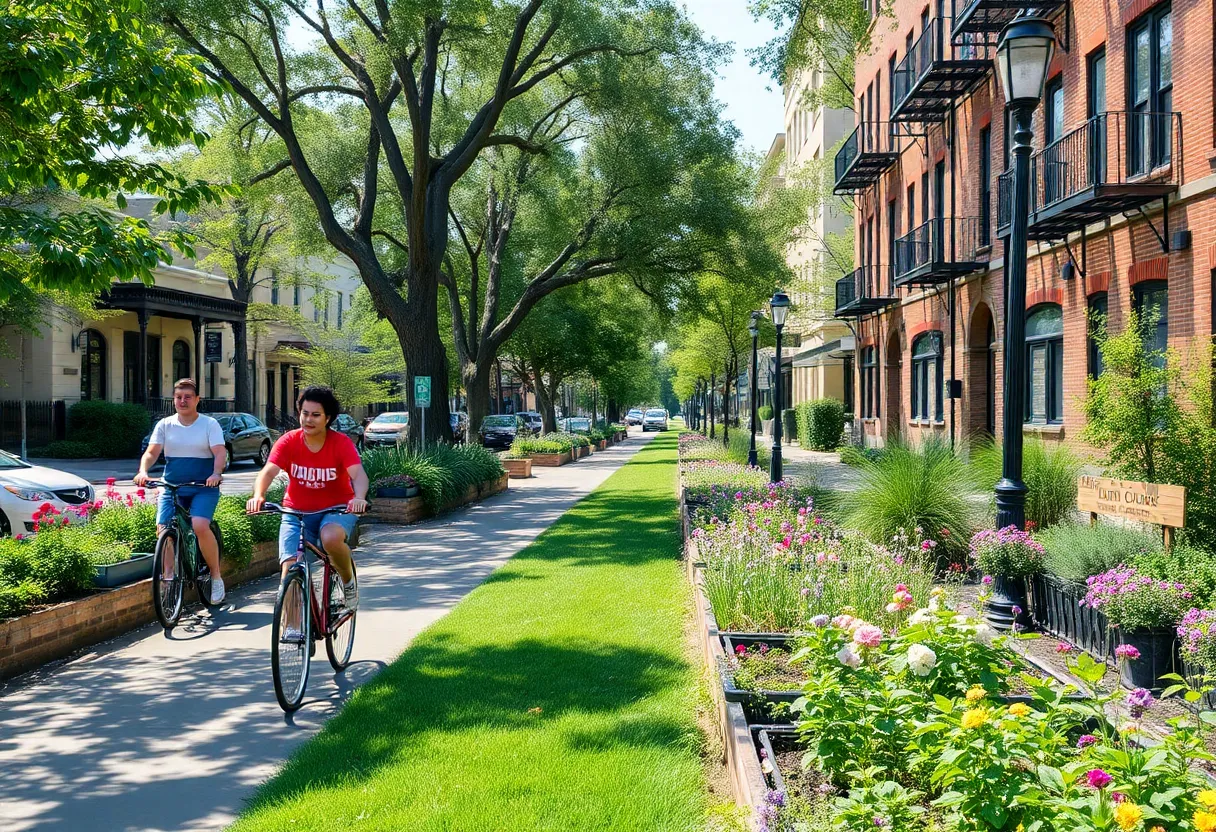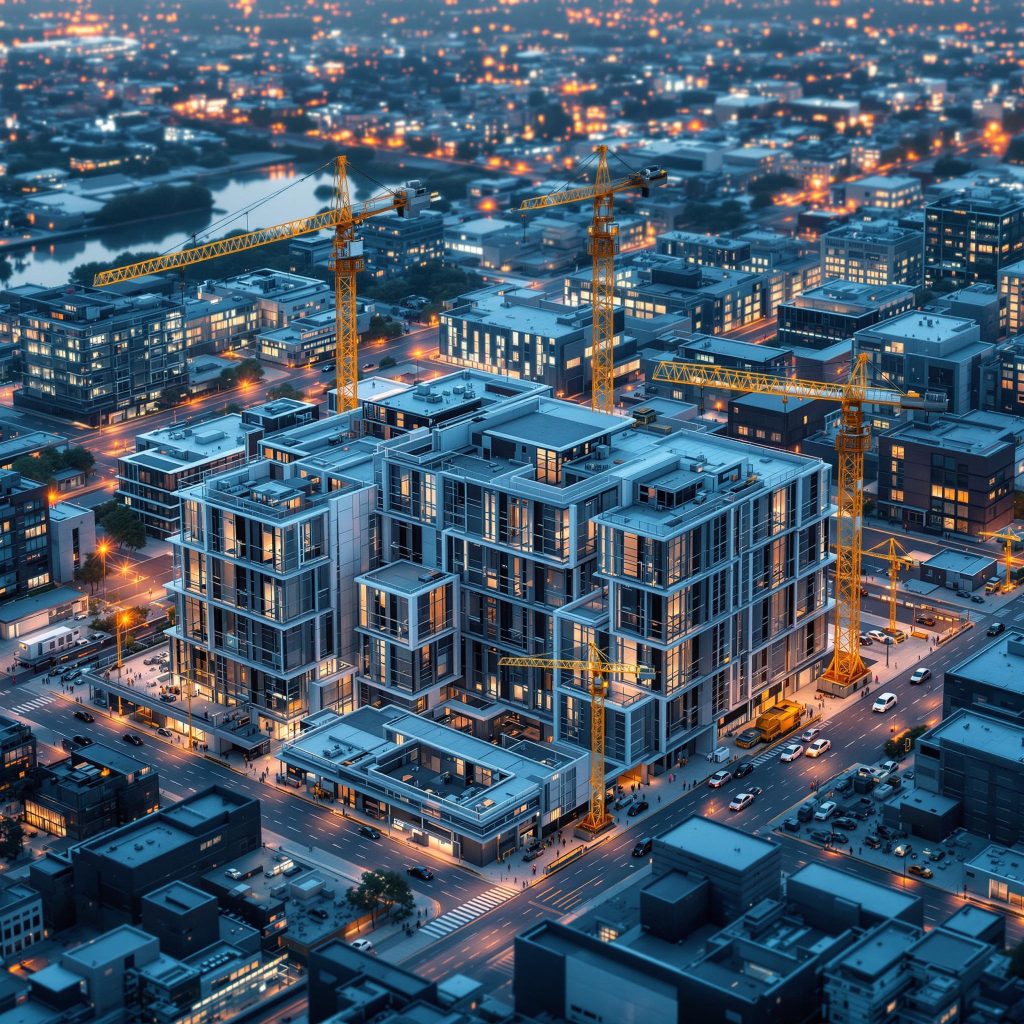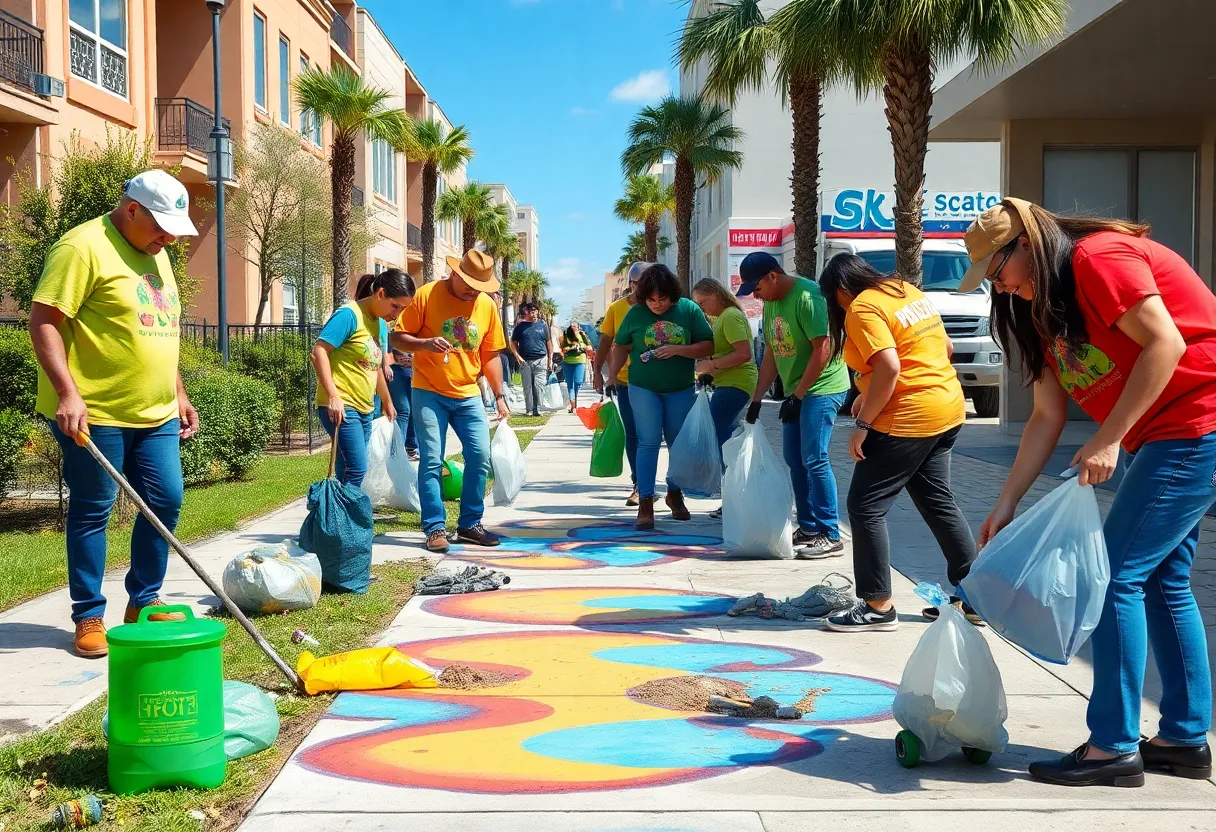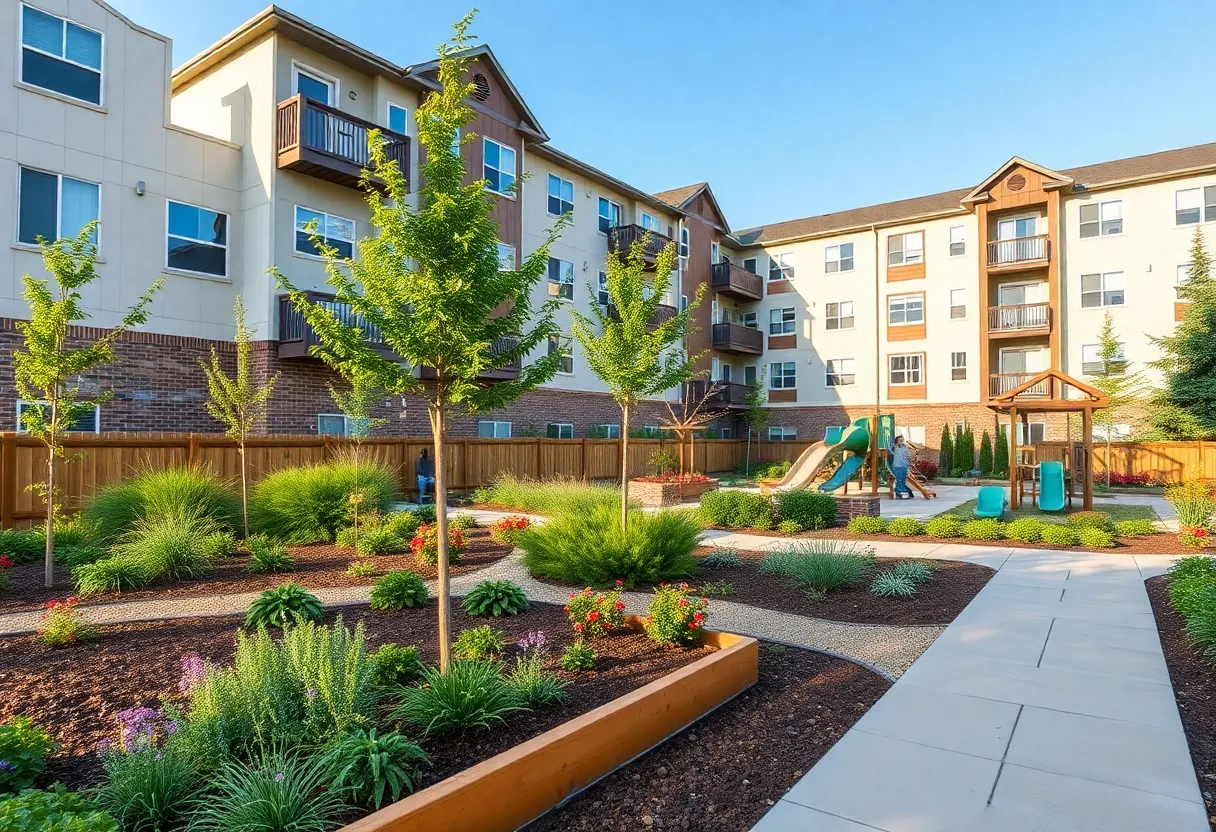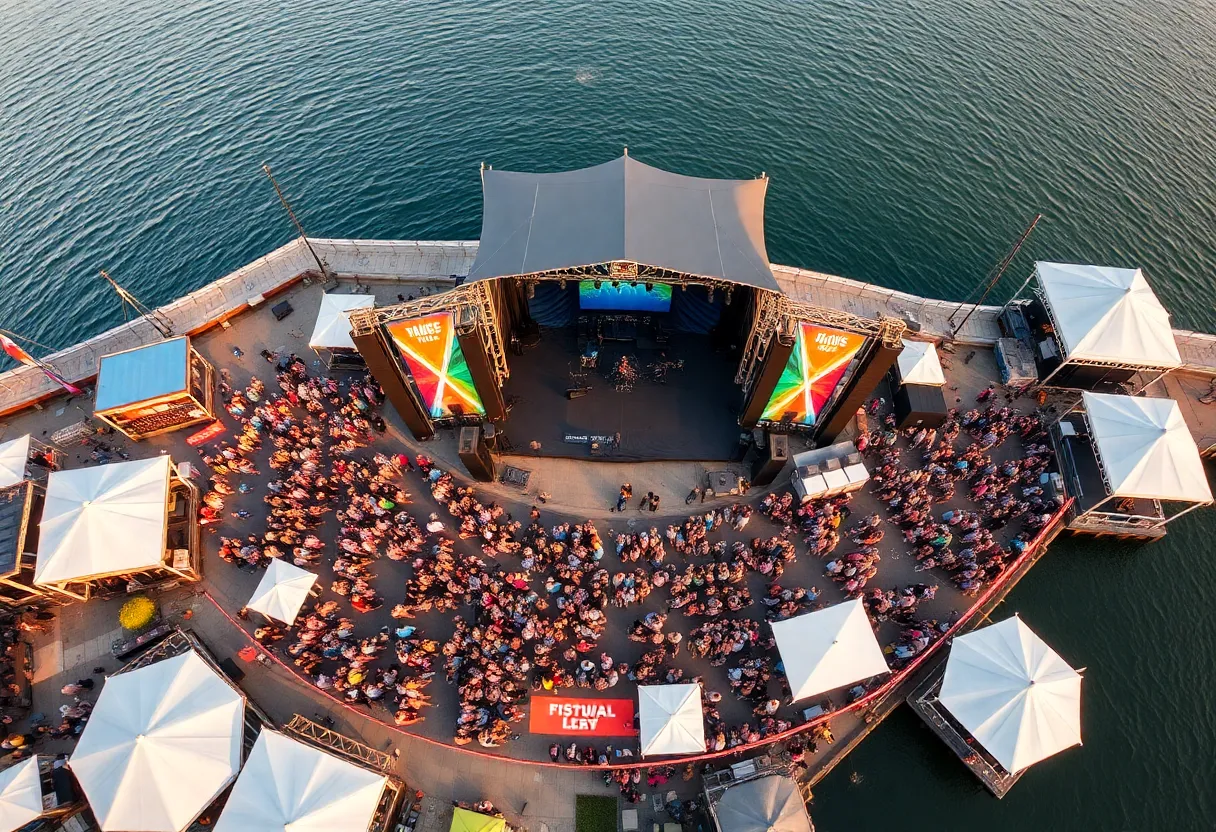News Summary
St. Petersburg is experiencing a surge of revitalization efforts centered around the Pinellas Trail, an underutilized former railway corridor. Local leaders are inspired by successful urban projects and are collaborating to enhance connectivity, safety, and community engagement along the trail. Recent zoning changes and new initiatives like the Trails Crossing project are set to transform the area into a dynamic public space, promoting a vibrant atmosphere for residents and visitors alike while addressing pressing needs such as workforce housing.
St. Petersburg’s Pinellas Trail: A Vision for Activation and Revitalization
St. Petersburg is buzzing with excitement as local leaders and stakeholders rally their efforts to fully unlock the potential of the Pinellas Trail. This beloved pathway, a former railway corridor, has been an underutilized gem that many believe is primed for revitalization. Recent momentum gained from project approvals has set the stage for a transformation that could bring fresh energy to the trail.
A Collaborative Effort
During a recent meeting held by the St. Petersburg Downtown Partnership, business and civic leaders exchanged ideas on how to activate the trail. Inspiration flows from successful projects in other cities, notably the High Line in New York City and the Atlanta BeltLine, which remarkably contributed over $10 billion to the economy in 2023. With these successful models in mind, stakeholders are eager to explore ways to cultivate a similar environment in St. Petersburg.
The BeltLine, in particular, overcame its challenges by focusing on what makes the area unique and creatively adapting existing structures. This adaptive reuse philosophy is now front and center as the community looks to make the Pinellas Trail a centerpiece of St. Petersburg.
Many structures along the trail currently face away from it, but with careful planning, there is a strong potential to change this layout. The blueprint for success includes learning from the Underline in Miami, which successfully integrates nature, history, and public art to create a vibrant public space.
Catalysts for Change
As movement gathers within the community, recent zoning changes approved by the city council for the Warehouse Arts District are significant catalysts for progress. The introduction of revised plans, including a mixed-use tower that harmonizes retail with the trail, promises to reshape the landscape dramatically.
Another exciting initiative is the Trails Crossing project, aiming to revitalize areas beneath I-275 into dynamic parks and event spaces, fostering connections between neighborhoods. Recently endorsed by the city and financially supported, this project is well underway, with enthusiastic backing from local advocates dedicated to reimagining four city blocks.
Unified Community Vision
The energy surrounding the Pinellas Trail is palpable, especially with initiatives such as Sunline spearheaded by local organizations aiming to unite stakeholder efforts. This initiative envisions a seamless blend of creative projects, from planting trees to designing community gardens, and aims to enhance the trail’s overall atmosphere.
Additionally, the increasing need for workforce housing is on the radar, with the potential for planned communities along the trail to address these shortages. Support for biking and pedestrian advocacy continues to expand, building on the cultural momentum St. Petersburg has cultivated over the years.
Improving Safety and Connectivity
While St. Petersburg has made strides with its Complete Streets Implementation Plan, which optimizes facilities for bikers and pedestrians, it still faces challenges. St. Petersburg has a reputation for being one of the most dangerous cities for cyclists and pedestrians in the country, ranking eighth in the U.S. for these unfortunate statistics. Nevertheless, riders have banded together, forming a supportive community that has seen participation in biking groups grow significantly in recent years.
Infrastructure improvements are not just about creating safer roads but are also designed to enhance connectivity and stimulate the economy in the neighborhoods surrounding the trail. By continuing to invest in both safety and accessibility, St. Petersburg is on the brink of transforming the Pinellas Trail into a thriving hub for locals and tourists alike.
With a unique blend of enthusiasm, creativity, and community spirit, St. Petersburg is gearing up to turn the Pinellas Trail into a vibrant corridor that reflects the city’s identity and welcomes everyone to experience all that it has to offer.
Deeper Dive: News & Info About This Topic
HERE Resources
Beach Cleanup Event at Fort De Soto Park
St. Petersburg Welcomes New Coffee Haven
New Connected Community Bus Network Launched in St. Petersburg
St. Petersburg to Showcase Emerging Artists at Fresh Squeezed 9
Community Workshops Drive Improvements for St. Petersburg’s Deuces Corridor
St. Petersburg’s Lost Neighborhood Highlighted at The Palladium Theater
New Howard Frankland Bridge Opens in St. Petersburg, FL
St. Petersburg to Host Documentary Screening of ‘Razed’
Last-Minute Getaway Guide to St. Pete-Clearwater
New Arts Grant and Recovery Initiatives in St. Petersburg
Additional Resources
- St. Pete Catalyst: Optimism Blooms for Pinellas Trail Activation
- ABC Action News: Innovative Safety Improvements for Walkers and Bicyclists
- IONTB: Fatal Traffic Crash Involving PSTA Bus
- Crow’s Nest: A Comprehensive Look at St. Petersburg’s Bike Scene
- St. Pete Catalyst: Trails Crossing Project Inches Forward
- Wikipedia: Pinellas Trail
- Google Search: Pinellas Trail
- Google Scholar: Pinellas Trail
- Encyclopedia Britannica: Pinellas Trail
- Google News: Pinellas Trail



